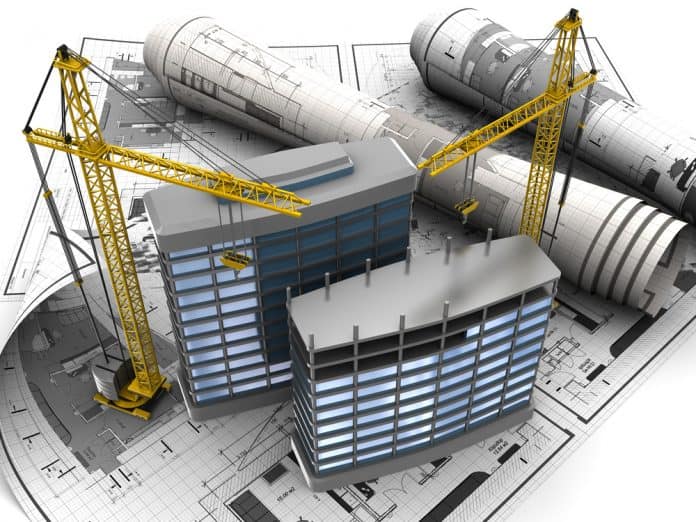
The Philippine Economic Zone Authority (PEZA) plans to expand economic zones in Metro Manila once they receive clarification from the Office of the President and other government bodies on whether the development of economic zones is already allowed.
As mandated in Administrative Order 18 issued by President Rodrigo Duterte in 2019, PEZA was directed to stop accepting, processing, or evaluating applications for the creation of ecozones in Metro Manila. This was done in an effort to spur economic growth in provincial areas.
However, the Corporate Recovery and Tax Incentives for Enterprises (CREATE) Act which was recently passed into law in April this year allows the development of certain eligible projects in Metro Manila.
In a virtual briefing held last month, Tereso Panga, PEZA Deputy Director General for Policy Planning, is seeking clarification on this discrepancy in order to move forward with the development of more ecozones.
“Actually if you read the provisions of CREATE, it allows the operations of eligible projects in Metro Manila with incentives and this will be to the inclusion of IT projects. So on that note, it’s supposed to supersede already the AO (administrative order) issued by the President because CREATE is a law and is supposedly more superior than the AO,” said Tereso Panga during the session according to a report by The Manila Times.
He also mentioned that the organization is currently making a case with the Office of the President, the Foreign Investment Review Board, and Ramon Lopez, the Department of Trade and Industry Secretary requesting for the lifting of Administrative Order 18.
Unparalleled growth potential at ecozones
In a report by BusinessMirror, PEZA is pushing for the development of ecozones to meet the demand from information technology (IT) developers who want to build IP centers in these areas.
PEZA further elaborated that local government units (LGUs) that do not currently host an IT center, coupled with IT firms who are interested in putting up more IP centers, are the most supportive advocates for the lifting of the ban, as well.
Nine more cities in metropolitan hubs are also clamoring for the lifting of the moratorium. According to PEZA, there are almost Php 16.7 billion worth of inquiries for the development of IT parks and centers in the National Capital Region alone.
The same BusinessMirror report details 10 applications for IT centers worth a total of Php 15.5 billion and one request for a Php 573.93 million IT park as of April of this year.
Initially, the moratorium raised the appetite for office rentals in Metro Manila by 6 percent in the previous years, with most of the demand coming from offshore gaming firms, as mentioned in an article by Lamudi from 2019.
However, the pandemic forced these firms outside of the country last year due to strict lockdown restrictions and an increase in taxes, as reported by Rappler. These circumstances would also have a tremendous effect on the overall economic health of the Philippines.
Spurred by the rollout of vaccines and the easing of lockdown restrictions during the first half of this year, the government is determined to jumpstart the economy once again.
PEZA sees the development of ecozones as a way of supporting investments in the IT sector, which posted enormous growth in employment and revenue last year despite the pandemic, as detailed in a report by ABS-CBN News.
Charito Plaza, PEZA Director General, said during the briefing last month that the approval of IT projects will result in even more job opportunities for Filipinos.
Bullish prospects for fringe cities
There are currently 167 IT parks located in the National Capital Region, mainly concentrated in Quezon City, Makati, and Pasig. Out of 410 ecozones in the country, 290 IT parks and centers are under PEZA’s regulation.
PEZA’s hope that new ecozone developments in Metro Manila and the entire National Capital Region will spur economic growth, especially in the IT sector, is in line with Lamudi’s findings.
Lamudi reports that these locations flexed steady demand for commercial property throughout the pandemic, which increased as restrictions on mobility were lifted and businesses reopened.
Prompted by the needs of living under the new normal, the appetite for commercial real estate in provincial cities near Metro Manila also swelled, as businesses in the warehousing and logistics sectors sought lower prices per square meter and easy access to their clients in the capital region.
Fringe cities are already gaining traction even outside of the government’s efforts to decongest Metro Manila. In their most recent property forecast, Lamudi predicts that commercial demand for these locations will further increase as businesses seek out less densely populated areas, more affordable properties, and warehousing opportunities.
Even with the lifting of the ban on new ecozone developments, provincial real estate is expected to continue thriving, as evidenced by these bright prospects.
Article and Photo originally posted by Lamudi last July 9, 2021.







More Stories
Vista Land Celebrates 50 Years with Sandiwa: An Event Honoring Leadership, Legacy, and the Filipino Dream of Homeownership
Vista Land Celebrates Love Month in Ilocos Region
Vista Land Bridges Cebuano Heritage and Progress with Valencia by Vista Estates